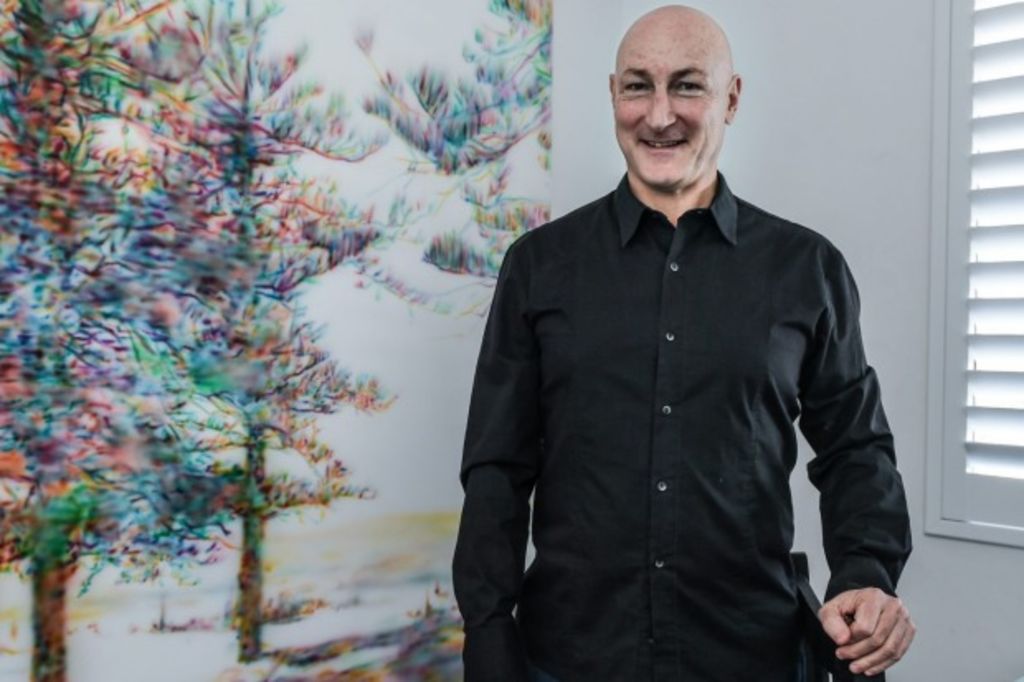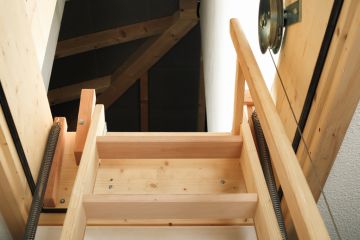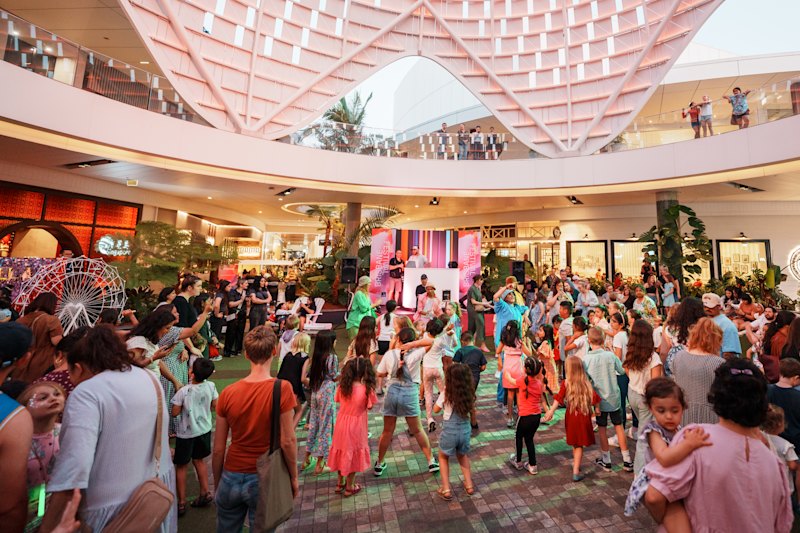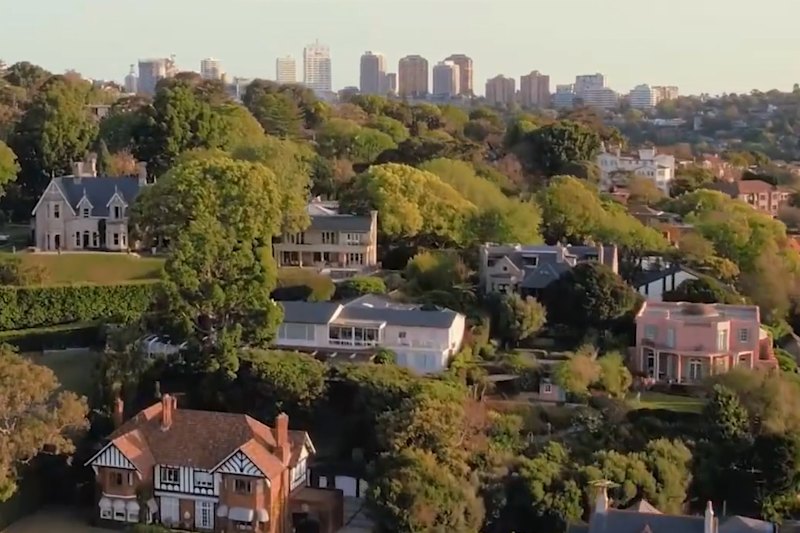A contemporary art expert's guide to buying art for your home

With works by artists such as Shaun Gladwell, Fiona Lowry, Imants Tillers and Jonathan Jones jostling for attention on the walls, Barry Keldoulis’ Bondi apartment looks more like an art gallery than a regular home.
“Each one of them evokes strong memories,” Keldoulis says. “I remember when and the circumstances around how I acquired each one; they are the journal of my life.”
As the director of the upcoming Sydney Contemporary art fair, and with more than 30 years in the art world behind him, it seems only natural for him to amass such an impressive private collection.
But what do you do when you love art, but you don’t know Mapplethorpe from Matisse and you want to start buying art for your home? With so many artists thrusting themselves into the limelight on the internet, how do you identify the right, up-and-coming contemporary artists to invest in?
Educating yourself by seeing art up close and personal in galleries or art fairs is the first step, Keldoulis says. “Nothing beats seeing it in the flesh,” he says. He’ll never forget the visceral punch of gazing at Goya for the first time in Madrid after poring over his masterpieces for years in books.
Art fairs have been put together by people with knowledge and taste to “siphon out the dross.”
“We do a lot of the initial work for you,” he says. “The trouble is that since Warhol everyone wants to be an artist, but the real artists are people who simply have to do it, and we present these authentic ones in the best possible light.”
Keldoulis developed a finely honed appreciation of the real thing working in New York for a decade for the “art tzar” of New York, Henry Geldzahler. He went to the opening of David Hockney exhibitions. He met Andy Warhol. He hung out with graffiti artists Jean-Michel Basquiat and Keith Haring.
He learnt how to trust his instincts when buying art. “Seek out what you love or hate, rather than what leaves you cold,” he advises. “The ones that speak to your heart and mind are going to engage you a lot longer than the ones that just look pretty.”
Don’t worry about how it fits into your existing decor, he says. “A good work will hold its place wherever you are living. Buy what you love and what challenges you rather than what’s in vogue. Be a slave to integrity not fashion. Have confidence in the strength of the piece.”

Sydney artist Fiona Lowry, pictured in her studio, won the Archibald Prize for her air brushed portrait of Penelope Seidler. She’s one of the artists you can buy at the upcoming Sydney Contemporary art show. Photo: Peter Rae
After all, contemporary art often pushes the boundaries; it’s a marriage of ideas and aesthetics and the artists are often expressing concepts through their painting, sculpture, video or sometimes simply just light or sound.
A classic example is an installation by Aboriginal artist Jonathan Jones.
“Jonathan came to the gallery and drilled hundreds of holes in the walls, through which he looped electrical cords with light bulbs hanging down, creating an intricate web of light and shadow. It was a stunning installation, but I thought there’s no way anyone can buy this. But we quickly sold it by the square metre. One collector had a mid-century deco apartment in Bondi, the other a Grand Federation home in Vaucluse – two very different styles of homes, but the work looked amazing in both.”
Keldoulis also advises that once you’ve identified the artists who resonate most with you, examine their CV. Are they in institutional exhibitions, at home or abroad? Are they winning grants, scholarships or prizes? Are they in private, corporate and public collections? “If they’re firing on all those fronts, it’s a sure bet they’re in for the long haul.”
Returning to Australia in the mid-1990s after over a decade overseas, Keldoulis was impressed by the explosion of creativity in the visual arts. “Sydney had really grown up and the art scene was vibrant. And Australian artists were gaining greater recognition overseas, led by Tracey Moffatt, Shaun Gladwell, Ben Quilty and more recently young guns like Mark Whalen. Emily Kame Kngwarreye’s retrospective in Japan was huge – it was bigger than that of some European masters,” he says.
International artists at Sydney Contemporary this year include Chuck Close from the USA, Miguel Chevalier from Mexico and Tony Cragg from the UK. Australian artists include Tracey Moffatt, Reg Mombassa and John Olsen. Ben Quilty will be presenting a new body of work.
If there’s one thing Keldoulis would like to achieve, it’s for “Australians to cultivate a confidence about art. If you go to Germany, every mechanic will have an opinion on contemporary art, whereas here people are afraid of looking uninformed, so they refrain from expressing their opinions. There’s this idea that art is elitist, but it’s not – artists are ordinary Australians who have an out-of-the-ordinary capacity to express themselves.”
Most good art is widely considered to be a blue chip investment over time, he says.
And of course having art in your home evokes a soulful atmosphere that beckons you to stay. For Keldoulis, his life-long fascination with the power of art continues.
“I’ll never forget leaving a nightclub in Alphabet City, New York, seeing in an abandoned service station how an artist used old metallic discs to re-create a Mondrian on a giant billboard. Watching the little discs shimmer in the breeze, seeing this huge, dynamic re-interpretation of a modern masterpiece was truly breathtaking.”
Sydney Contemporary runs from 10-13 September.
Keldoulis’ tips on buying art for your home:
– Educate yourself in the language of visual art by visiting galleries, museums and art fairs.
– Get a feeling for what you love or hate – and go for what moves or surprises you – rather than something that’s “just pretty”
– Take your time. You’ll live with it for a long time. First instincts resonate most – they rise from your vast unconscious store of imagery, not from your conscious fears and insecurities.
– Look at the artist’s CV. Where are they exhibiting? Have they won awards, scholarships and prizes? Are they staging solo exhibitions?
– Don’t feel like you have to choose the right “look” for it to co-ordinate with your living space. Chose things that you relate to. Good strong pieces will hold their own and find a place in any home.
We recommend
States
Capital Cities
Capital Cities - Rentals
Popular Areas
Allhomes
More
- © 2025, CoStar Group Inc.







